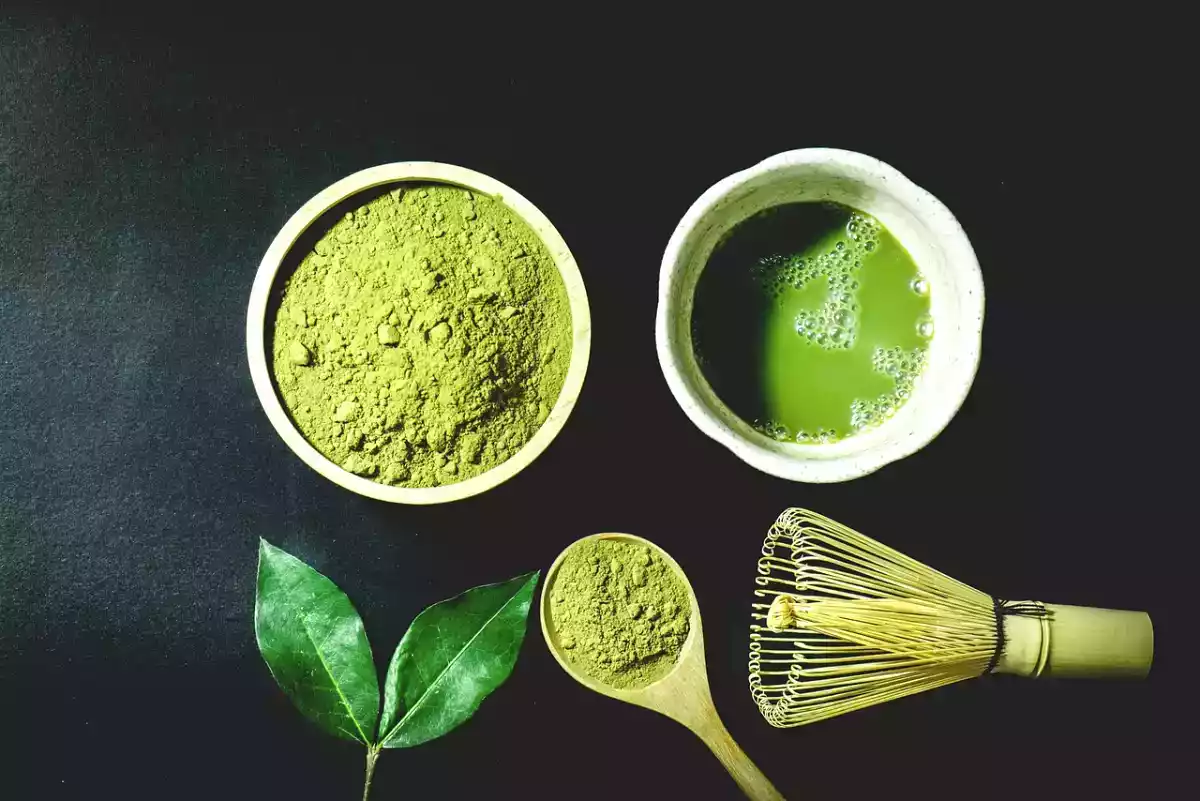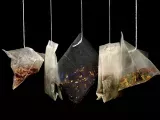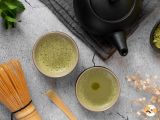How to recognize a good matcha: Our guide for fans of this highly prized tea!

Matcha, the prized green tea powder, stands out for its rich flavor and health benefits. However, with the multitude of products available on the market, it can be confusing to choose the one that's really good quality. Here are a few essential criteria to guide you:
1. Price differences
One of the first things to consider is the price. There is a colossal discrepancy: you can find matcha at 0.10$ a gram, while others can fetch 2$ or more. Why this disparity? Several factors influence the cost:
- Origin: the best matcha comes from Japan, where careful cultivation methods are applied. In contrast, inferior matcha often comes from China, where quantity takes precedence over quality.
- Cultivation and harvesting: Japanese matcha is grown in the shade, which increases its chlorophyll content. It is also harvested by hand, unlike the mechanical methods used for less expensive products.
- Processing: Good matcha is ground slowly in granite mills, while lower-quality varieties are often processed industrially, altering their taste and texture.
2. Visual and sensory characteristics
Color, aroma and taste are crucial indicators of matcha quality:
- Color: A good matcha is bright green, sometimes described as jade green. A yellowish or brownish hue indicates inferior quality.
- Aroma: Quality matcha has floral and umami notes, while poor matcha may have a chemical or unpleasant odor.
- Taste: Good matcha is smooth and sweet, with a creamy texture. Conversely, inferior matcha often has a bitter or acidic taste and a grainy texture.
3. Organic
The question of organic often arises. In general, quality standards in Japan are higher, making an organic label less crucial for matcha. However, for matcha from China, an organic label is strongly recommended to minimize the risk of pesticide residues. So, even if a matcha is not labeled organic, as long as it comes from Japan, it can be of good quality.
4. Choose a good supplier
Due to matcha's popularity, the number of suppliers has grown considerably. Here are some tips for choosing a good supplier:
- Transparency: Look for sellers who provide clear information on the origin and production methods of their matcha. Beware of low prices, which are often indicative of inferior products.
- Valuation: A good matcha should cost at least 1$ per gram to guarantee its quality. It's important to test different suppliers and compare options to find the one that suits you best.
Find out more:
 Adèle Peyches
Adèle Peyches

Comments